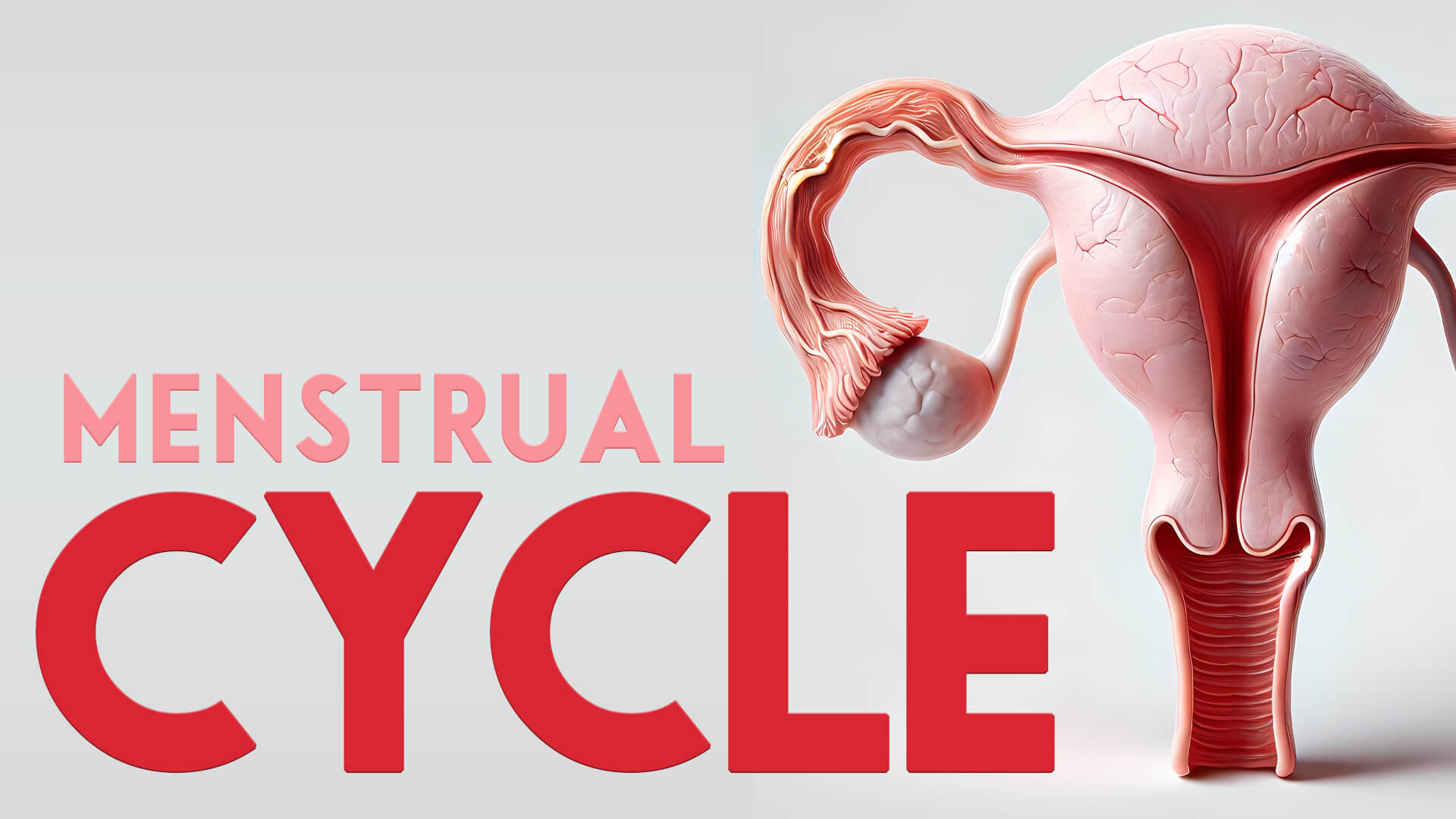Endometriosis is a complex and often misunderstood condition that affects millions of women worldwide. Despite its prevalence, many women suffer for years before receiving an accurate diagnosis. The disorder occurs when tissue similar to the lining of the uterus (endometrium) grows outside the uterus, leading to pain, inflammation, and other severe health issues. This tissue can be found on the ovaries, fallopian tubes, the outer surface of the uterus, and even on organs such as the bladder or intestines. Unlike the endometrial lining, which sheds during menstruation, this misplaced tissue has no exit, causing scarring, adhesions, and extreme discomfort.
Common Symptoms You Shouldn’t Ignore
Many women assume that painful periods are normal, but for those with endometriosis, the pain can be debilitating. Recognizing the symptoms early is crucial for proper diagnosis and treatment. Some of the most common symptoms include:
Severe Pelvic Pain – Pain before, during, and after menstruation that interferes with daily activities.
Pain During Intercourse – Discomfort or sharp pain during or after sex.
Excessive Bleeding – Heavy periods or spotting between cycles.
Infertility – Difficulty conceiving is one of the most serious complications of endometriosis.
Digestive Issues – Bloating, constipation, diarrhea, and nausea, often mistaken for irritable bowel syndrome (IBS).
Chronic Fatigue – Constant exhaustion despite getting enough rest.
Painful Bowel Movements or Urination – Especially during menstruation.
Because these symptoms overlap with many other conditions, endometriosis is often misdiagnosed, leading women to suffer in silence for years before receiving proper medical attention.
Diagnosis & Treatment Options
Diagnosing endometriosis can be challenging because it requires a combination of medical history, physical examinations, imaging tests, and sometimes even surgery.
Diagnosis Methods
Pelvic Exam – Doctors check for abnormalities such as cysts or scarring.
Ultrasound – Although it cannot confirm endometriosis, it helps identify cysts associated with the condition.
MRI (Magnetic Resonance Imaging) – Provides a detailed image of the reproductive organs.
Laparoscopy – A minimally invasive surgical procedure that allows direct visualization and biopsy of endometrial tissue outside the uterus. This is the gold standard for diagnosis.
Treatment Options
Once diagnosed, treatment depends on severity, symptoms, and a woman’s reproductive goals.
Pain Management – Over-the-counter pain relievers like ibuprofen or prescription medications can help reduce discomfort.
Hormonal Therapy – Birth control pills, progestin-only therapy, or gonadotropin-releasing hormone (GnRH) agonists can help regulate estrogen levels and slow endometrial growth.
Surgery – Laparoscopic surgery can remove excess tissue and adhesions, providing relief and improving fertility outcomes.
Fertility Treatment – Women struggling to conceive due to endometriosis may benefit from assisted reproductive technologies such as in vitro fertilization (IVF).
Hysterectomy – In severe cases where other treatments fail, removing the uterus (with or without the ovaries) may be considered.
How Endometriosis Affects Mental Health
Endometriosis isn't just a physical condition—it takes an enormous toll on mental health. Chronic pain and uncertainty can lead to anxiety, depression, and even feelings of isolation. The unpredictability of flare-ups can interfere with work, social life, and personal relationships.
Women with endometriosis often report:
Increased Stress and Anxiety – The inability to predict or control pain can lead to chronic stress.
Depression – The physical burden of the disease, coupled with potential fertility issues, can trigger depressive episodes.
Social Withdrawal – Missing work or social events due to pain can lead to feelings of loneliness and isolation.
Impact on Relationships – Pain during intimacy and fatigue can strain romantic relationships.
Seeking mental health support through therapy, support groups, or counseling can be beneficial in coping with the emotional aspects of the condition.
Lifestyle Changes to Manage Symptoms
While medical treatments are crucial, lifestyle adjustments can play a significant role in managing endometriosis symptoms. Here are some strategies that may help:
Diet and Nutrition
Anti-Inflammatory Diet – Eating whole foods rich in omega-3s, fiber, and antioxidants can reduce inflammation.
Avoiding Processed Foods – Limiting sugar, refined carbs, and unhealthy fats can prevent flare-ups.
Reducing Caffeine and Alcohol – These can worsen symptoms and contribute to hormonal imbalances.
Exercise and Physical Activity
Low-Impact Exercise – Yoga, walking, and swimming help improve blood circulation and reduce stress.
Pelvic Floor Therapy – Strengthening the pelvic muscles can alleviate pain and improve mobility.
Stress Management
Meditation and Mindfulness – Helps lower stress and promotes relaxation.
Acupuncture – Some women find relief through alternative therapies like acupuncture.
Adequate Sleep – Prioritizing rest helps the body heal and reduces fatigue.
Heat Therapy
Heating Pads or Warm Baths – Relax muscles and provide temporary relief from cramps.
Tracking Symptoms
Keeping a Symptom Journal – Monitoring pain levels, diet, and triggers can help identify patterns and improve treatment strategies.
Endometriosis is a serious and often overlooked condition that affects not just reproductive health but overall well-being. If you or someone you know is experiencing symptoms, it’s essential to seek medical attention and advocate for proper care. Raising awareness, supporting research, and breaking the stigma around women’s health issues are crucial steps toward ensuring that no woman has to suffer in silence.
Understanding endometriosis empowers women to take control of their health and explore all available treatment options. With the right medical care, lifestyle changes, and emotional support, living a fulfilling life with endometriosis is possible! Education and awareness are key to ensuring that more women receive the diagnosis and care they deserve. By fostering open discussions and advocating for more research, we can improve early detection and better treatment outcomes.
Related blog articles:
When is your fertile window?▶️
Fertility and age: The truth about getting pregnant after 35▶️
Ovulation Symptoms: Key Signs & Tracking Tips▶️
How long does it actually take to get pregnant?▶️
Understanding Your Menstrual Cycle: A Comprehensive Guide▶️
The Future of Pregnancy: What to Expect in 2050▶️
Pregmate App - Ovulation Tracker, Fertility and Period Calculator▶️
Pregmate App - ultimate companion for women's cycle tracking and conception planning▶️
Conception explained. Fertilization and Implantation.▶️
Using ovulation tests to identify the most fertile days of the month▶️
Pregmate pregnancy test strips. How and when to do the test?▶️
Tracking LH surge using ovulation tests▶️
What causes PCOS? Symptoms and signs.▶️
Using ovulation tests with PCOS▶️
5 Menopause Myths BUSTED By A Medical Expert! ▶️
Your Complete Guide to Egg and Sperm Freezing Made Simple! ▶️
The Hidden Truth About Endometriosis Every Woman NEEDS to Know!▶️





